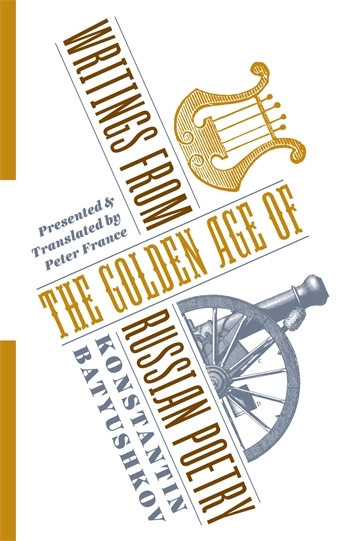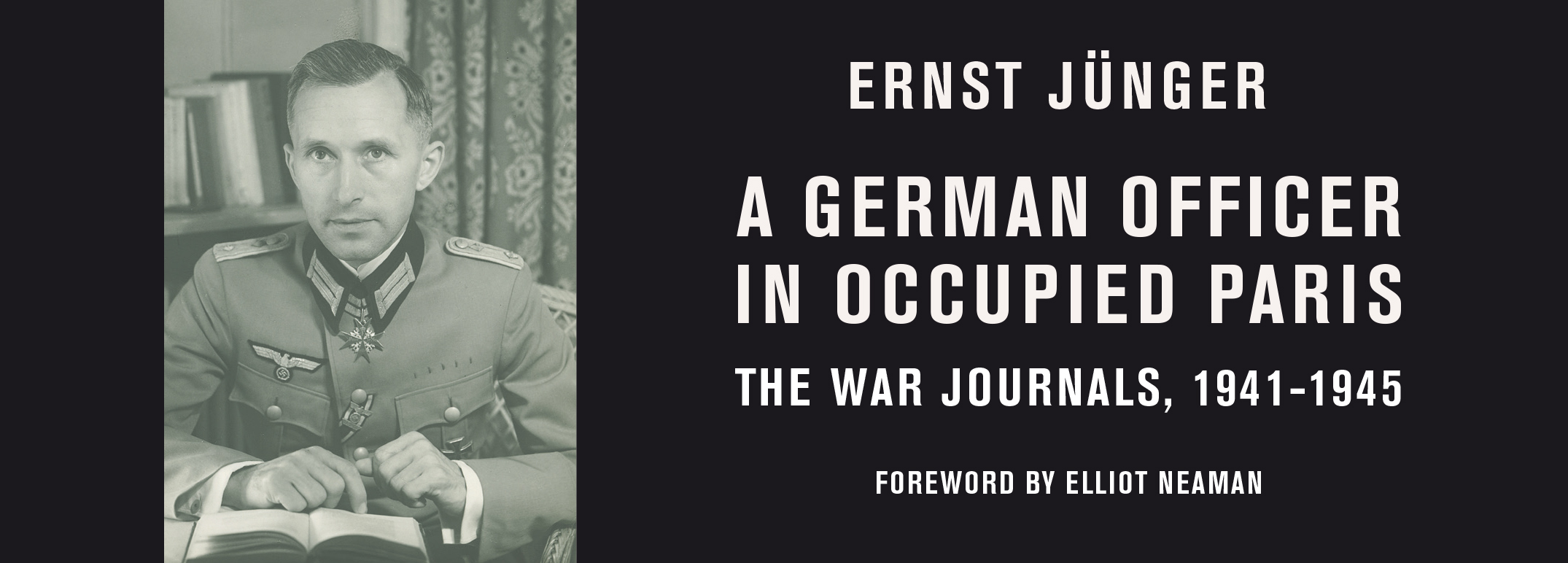Thursday Fiction Corner: Many Annas Karenina
Welcome to the Columbia University Press Thursday Fiction Corner! This week Russian Library editor Christine Dunbar comments on Janet Malcolm’s recent piece in the New York Review of Books on translations of Anna Karenina.
Janet Malcolm’s recent piece in the New York Review of Books on translations of Anna Karenina has spurred many discussions in the Slavic studies community. Malcolm comes down hard on the translating duo Pevear and Volokhonsky, who are as controversial amongst Russian scholars as they are feted by the non-Russian-speaking book world (chosen by Oprah!). On the other hand, she praises Constance Garnett, who is having a reputational renaissance in the scholarly world.
Arguing that Garnett is superior because she is more readable, Malcolm in turn insists that translators not sacrifice readability for textual fidelity. Like most generalizations, it’s easy to pick holes in this one: translation invariably requires an interpretive move, but if the source text is ambiguous or confused, perhaps reflecting, in the case of Anna Karenina, Anna’s disordered state of mind, smoothing it out is not in the reader’s best interest. The example Malcolm ends on—the confusion the reader feels when reading that Stiva Oblonsky’s hunting attire includes “linen bands wrapped around his feet” (in the Kent and Berberova edition of Garnett) and the additional explanation (in the Maudes’ translation) of “instead of socks,” not present in the original—is one I suspect many translators would sympathize with. I have heard Marian Schwartz, whose translation of Anna Karenina Malcolm casually and unfairly dismisses, say that if she can avoid unnecessary confusion (or a footnote) by inserting one or two extra words in the text, she may do so. Scholars tend to worry about what is lost in translation rather than what the reading public gains from works being translated, and so are more likely to quibble with this kind of deviation from the source text.
Reasonable people can and do disagree on what makes a good translation. In a 2014 New York Times review of new translations of Anna Karenina, Masha Gessen points out that while four translations (by Garnett, Pevear and Volokhonsky, Bartlett, and Schwartz) each use a different word to describe how Vronsky feels (or, more accurately, how Anna thinks Vronsky feels) while watching Anna raise a teacup to her lips, all four use the same word to name the specific body part doing the raising: hand. Gessen prefers arm. Neither is “correct” or “incorrect,” as Russian does not differentiate, but arm allows for a resonance with an earlier description of Anna’s physical form. In other words, the translator is asked to determine whether maintaining the possibility of this linguistic association is worth the awkwardness of the distance between teacup and arm. It’s a judgment about what is important in a word, sentence, scene, novel; and the translator must be constantly adjudicating this.
I do not mean to argue that because translation is fiendishly difficult, we should not critique it. We should. And while picking out certain passages to compare can seem (and be) nitpicky, it can also be informative. And Malcolm is correct, of course, when she identifies different schools of thought that inform how translators make these decisions. But to suggest that on one side are translators who want to help the reader understand the novel, and on the other are those who want to give the reader the experience of reading the original and never the twain shall meet, is unfair to Garnett and Pevear and Volokhonsky (or Bartlett and Schwartz) alike. A helping hand in a matter of cultural confusion, like in the socks example, could even be argued to be more true to the native experience of reading the novel; a Russian reader, after all, will understand immediately that the linen bands on Stiva Oblonsky’s feet take the place of socks, so the confusion experienced by the Anglophone reader is not an example of experiential fidelity. In fact, since this particular case is cultural and not linguistic, knowledge of Russian is not even necessary. I cannot tell you off the top of my head which Russian word(s) are causing the difficulty, but I immediately thought of the Volga boatmen in Repin’s famous eponymous painting (see the top of the page). Most of them appear to have cloth strips wrapped around their feet, though, not being hunters, I believe they are wearing bast, not rawhide, shoes. This is a cultural association, however, that most Anglophone readers will not have. It is perfectly consistent to “help” said Anglophone reader by mentioning socks, the same way some translators might reduce the number of pet names used in a novel, while still maintaining difficulties of syntax which a Russian reader would also have found difficult.
Anna Karenina is a special case. Since it has been widely translated, translators may feel more freedom to experiment. They do not have the sole responsibility for bringing this book to all possible readers. I for one welcome both the diversity currently available and the excuse Malcolm has provided for ruminating on it.







